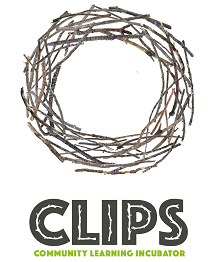Key Points
- The intention of a group project gives direction, rhythm in its development, generates the movement necessary to realize and act in the field that is chosen
- Thus the intention further positions the project in the broader society
- The vision describes the kind of world we wish to leave to the next generation; the mission defines the contribution of the project when going in that direction; objectives are concrete ways to achieve this
- All group projects need tools for self-regulation and adaptation
- Intention is shaped through interactions with the surroundings and good networking with the local community.
Intention is like an arrow with the tip pointing to a desired direction and with fletchings stabilising the flight. Group projects with good sense of direction and relying on creativity, adaptability and resilience usually have stable progress. Communicating with the “outer world” is part of a truly sustainable group, a fundamental element in the system’s dynamics.



